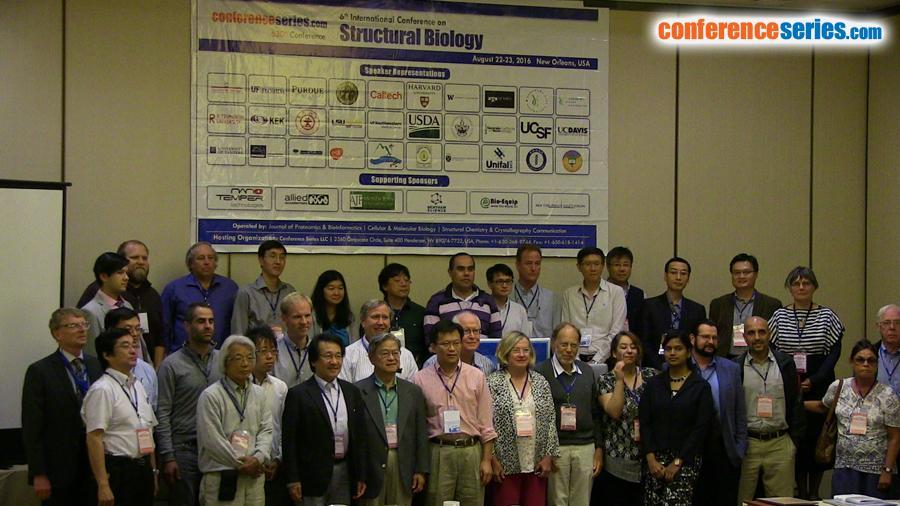
Olga I Podgornaya
Far Eastern Federal University, Russia
Title: Genomes repetitive sequences in progressive evolution
Biography
Biography: Olga I Podgornaya
Abstract
Transposable elements (TE) constitute no less than 48% of the human assembled genome and their positions determined. Alu repeats (SINE) are located mostly to the gene-rich regions, while LINEs enrich facultative heterochromatin. TE positions in both mouse and human genomes are very similar and cause the synteny. The comparison of the transcription intensity is done by bioinformatics tools in 32 human and mouse homologous tissues for ~12000 orthologous genes using transcriptome databases. Human shows a greater fraction of tissue-specific genes and a greater ratio of the total expression of tissue-specific genes to housekeeping genes in each tissue studied, which suggests a generally higher level of evolutionary cell differentiation (specialization). It could be supposed that TE positions fixed for ~65Myr (rodent and primate separation) and SINEs and LINEs attraction to the potentially activeinactive parts of the genome may be responsible for the chromatin landscape shaping. The substitution of four mouse SINEs with Alu-repeat correlate with the enhanced transcription. The large regions of classic heterochromatin enriched with tandem repeats (TR) poorly investigated though it is the mostly variable part of the genome. The TR or TE substitution in the mammalian genome could go on through sperm-mediated gene transfer followed by homologous recombination. The scheme suggested may remove two of the contradictions of the Modern evolutionary synthetic theory: (1) gene mutations are not necessary for the progressive evolution but repetitive elements substitution; (2) ancient mammalians could have litters with the number of offspring altered and inbred mating was possible for the descendant altered.



